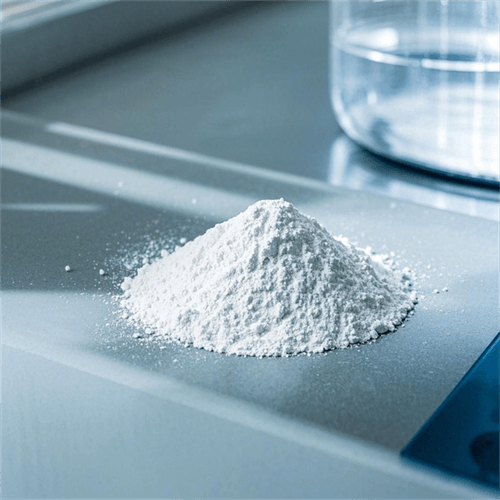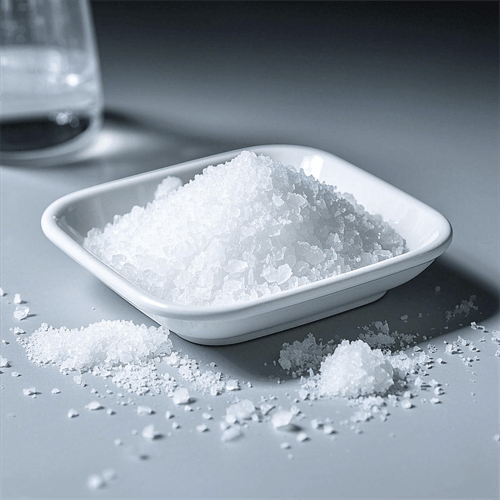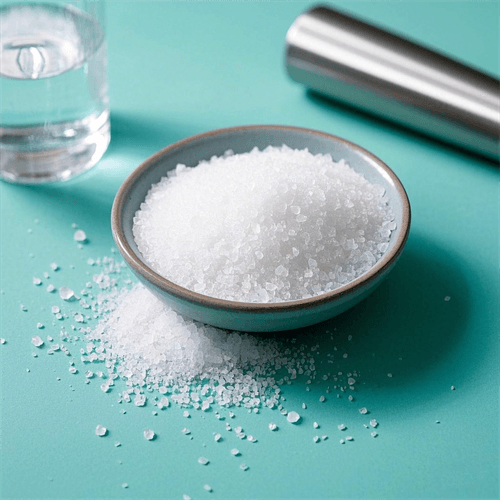
Sodium Hydroxide
Basic Information
- Sodium hydroxide is a white translucent crystalline solid, existing in forms such as lumps, flakes, granules, and rods.
- Its density is 2.130 g/cm³, the melting point is 318.4℃, and the boiling point is 1390℃.
- It is highly soluble in water, and a large amount of heat is released during dissolution. Its aqueous solution is strongly alkaline, and the pH value is usually between 12 and 14.
- It easily absorbs water vapor in the air and becomes deliquescent. It can also absorb acidic gases such as carbon dioxide.
Product Characteristics
- Strong Alkalinity: Sodium hydroxide can completely ionize in water, generating a large number of hydroxide ions (OH⁻), which endows it with strong alkalinity. It can undergo a neutralization reaction with acids to produce water and the corresponding salts.
- Corrosiveness: It is corrosive to many substances such as the skin, paper, wood, and fibers. Contact with it can cause severe burns. This is because it can react with proteins, causing the proteins to denature.
- Water Absorbency: It has strong water absorbency and can absorb moisture in the air. It can be used as an alkaline desiccant to dry certain gases, but it cannot be used to dry acidic gases such as carbon dioxide and sulfur dioxide.
- Chemical Reaction Activity: It can react with many metal ions to form the corresponding hydroxide precipitates. It can also undergo chemical reactions with acidic oxides, salts, and many other substances.
Application Scope
1.Chemical Raw Materials
It is used in the manufacturing of soaps, synthetic detergents, cosmetics, etc. In the soap manufacturing process, sodium hydroxide undergoes a saponification reaction with fats and oils to produce sodium fatty acid, which is the main component of soap.
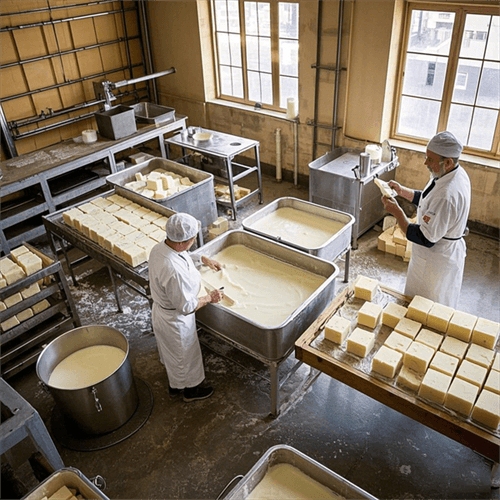
It is an important raw material for the production of various chemical products such as sodium salts, borax, sodium cyanide, etc.

2.Papermaking Industry
It is used for processing wood fibers. During the papermaking process, sodium hydroxide solution can remove impurities such as lignin in the wood, separate the cellulose, and thus obtain pure pulp.
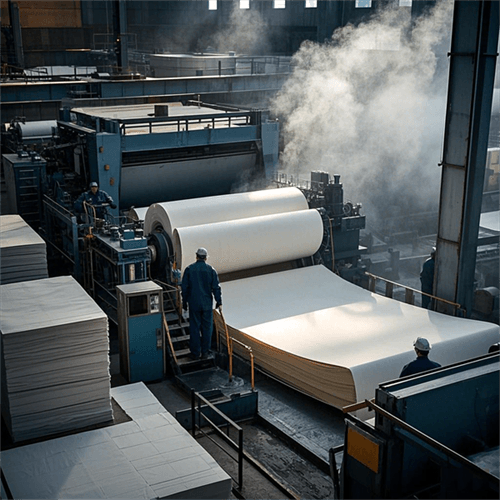
3.Textile Industry
It is used for the mercerization treatment of cotton fabrics. Through the treatment with sodium hydroxide solution, impurities such as natural waxes and oils on the surface of cotton fibers can be removed, improving the gloss, strength, and dyeing performance of cotton fabrics.
In textile printing and dyeing, it is used as an assistant dyeing agent. It can adjust the pH value of the dye liquor, promote the combination of the dye and the fiber, and improve the dyeing effect.


4.Water Treatment
It is used to adjust the pH value of water. It can raise the pH value of acidic wastewater to make it meet the discharge standards or the conditions suitable for subsequent treatment.
It can react with heavy metal ions in water to form insoluble hydroxide precipitates, thereby removing heavy metal pollutants in water. For example, it can remove copper ions, mercury ions, etc. in wastewater.
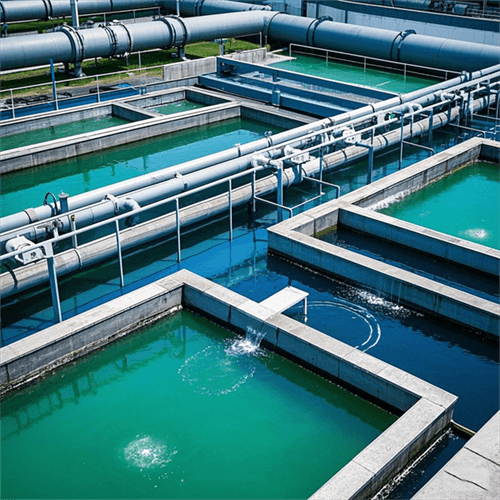
5.Food Processing
It can be used as an acidity regulator, peeling agent, etc. For example, when processing fruits such as olives and citrus, treating them with sodium hydroxide solution can remove the wax and peels on the surface of the fruits, making the subsequent processing easier.
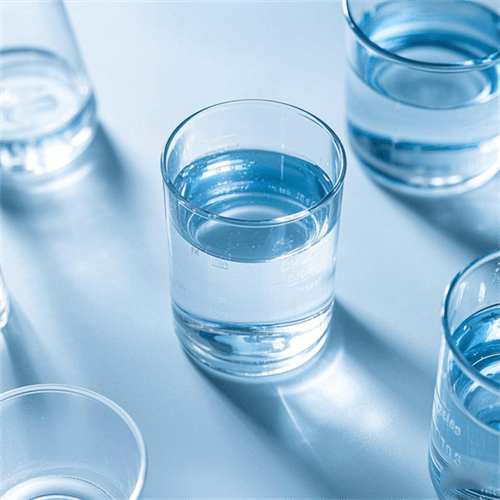
It is used for the cleaning and disinfection of food containers and equipment. By taking advantage of its strong alkalinity, it can remove oil stains and kill bacteria.
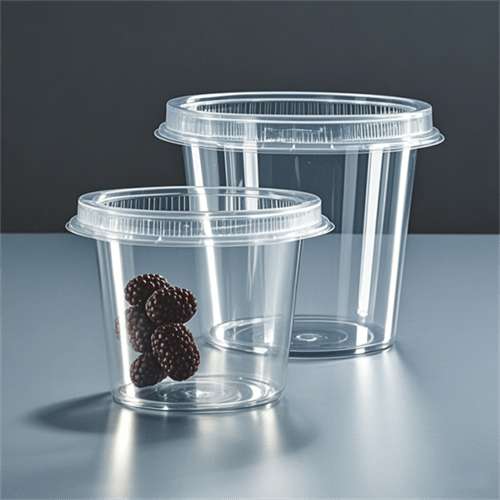
6.Other Fields
In the petroleum industry, it is used for the refining of petroleum products to remove impurities such as sulfides in petroleum.

It is used in the production of aluminum oxide. During the bauxite processing, sodium hydroxide solution is used to dissolve the aluminum oxide in bauxite, enabling the extraction and purification of aluminum.
